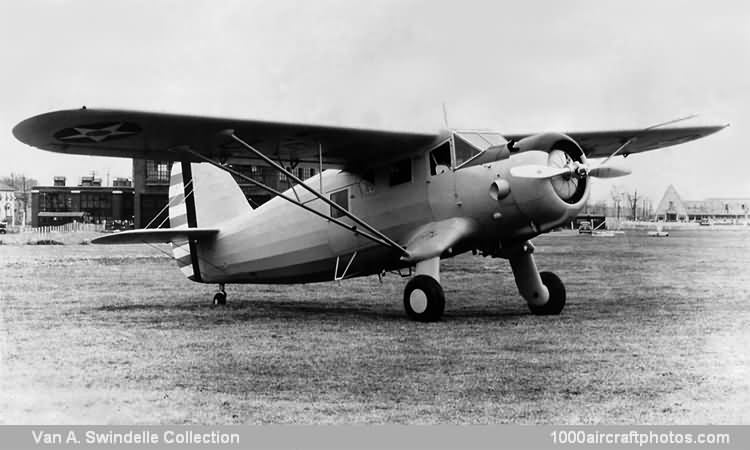11/30/2011. Remarks by Johan Visschedijk: "The Norseman really came into its own with the installation of the 550 hp Pratt & Whitney S3H1 (or R-1340-AN-1) Wasp in the Norseman Mk.IV which gave it the power to work to its full capacity.
The prototype Mk.IV, CF-BAU, was first flown on 5 November, 1936, from Cartierville. It was bought by Canadian civil operators, and four were bought by the RCAF in 1938 who had two of them equipped for wireless training and designated Norseman Mk.IVWs. Further RCAF orders followed the outbreak of war but by the end of April 1941 the last eighteen Norsemen on order had been started, the RCAF was reviewing its spares supply, and it was planned to dismantle the jigs as soon as that batch of machines and outstanding spares orders had been completed.
In July 1941 Bernt Balchen, the well-known Norwegian pilot, was enlisted by the USAAF to establish a staging route across Greenland to permit the ferrying of aircraft to Europe from North America. Ba1chen requested six Norsemen to help with the job and they were diverted from an RCAF order for Norseman Mk.IVs and quickly modified to USAAF requirements and delivered as YC-64s in 1941 under s/n 42-5044 to 42-5049 (c/n 76 to 81).
Pictured just before delivery, 42-5046 was accepted by the USAAF on September 21, 1941, and was assigned to the 29th Ferrying Squadron at Goose Bay, Labrador, Canada. By mid-1943, the Norseman was at Headquarters, North Atlantic Wing, Presque Isle, Maine, USA. In October 1944, the USAAF transferred it to Grenier Field, New Hampshire, and two months later to Syracuse, New York. Just before VJ Day, the aircraft arrived at Freeman Field, Seymour, Indiana.
It was among the one hundred-odd Allied and Axis airplanes that General Henry H. "Hap" Arnold selected for the National Air Museum. The aircraft arrived at Orchard Place Airport, Park Ridge, Illinois, on May 22, 1946, with just under 438 total flight hours on the logbooks. The Smithsonian accepted the airplane from the USAF in 1960 and stored it at the Paul Garber Facility in Suitland, Maryland, where is still is as of this day."
Read the type remarks on page 11930.
